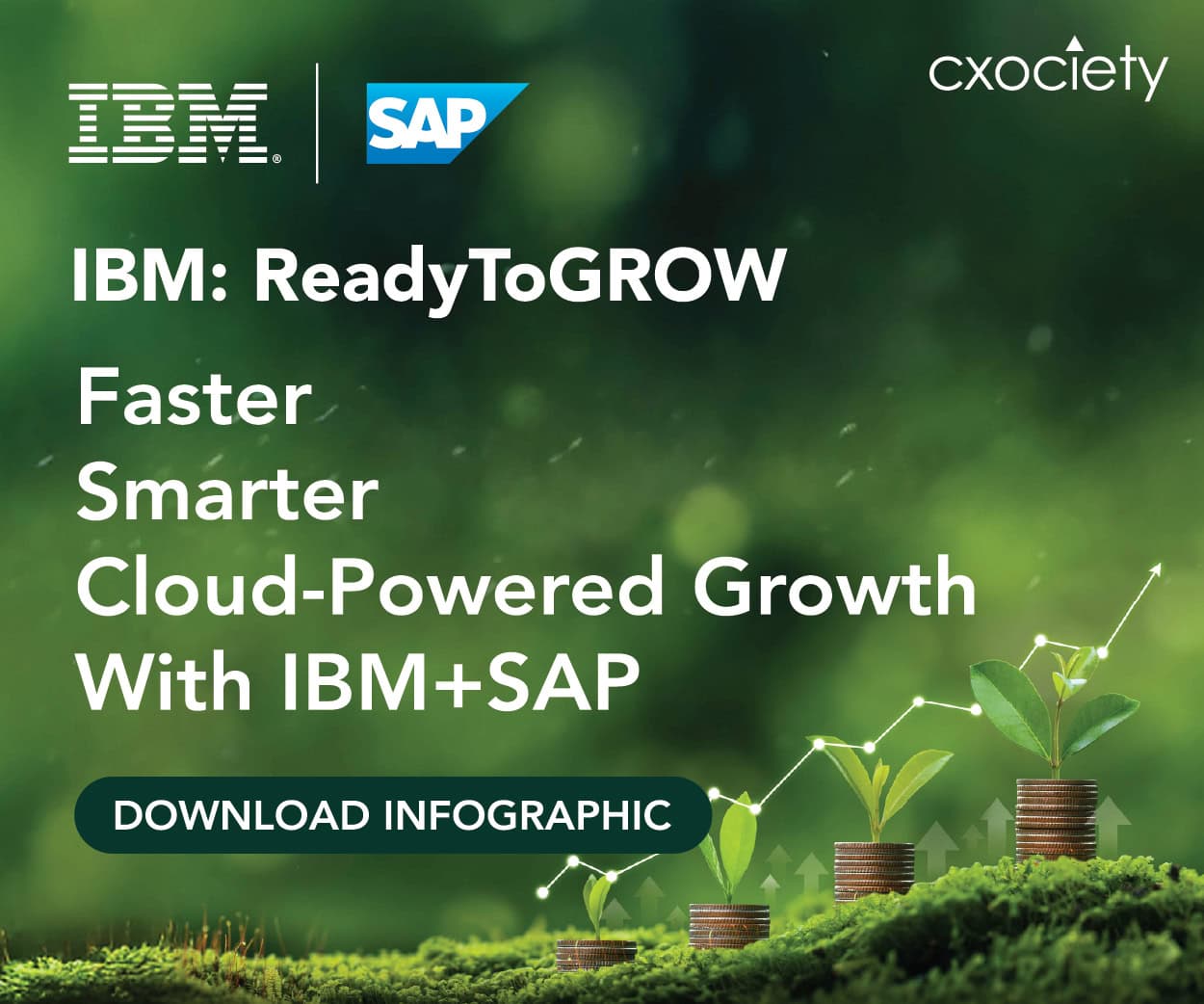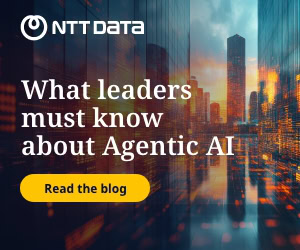Organisations involved in product manufacturing are hoping to see operational and service gains from their artificial intelligence (AI) deployments, including better designs and market forecasts.
At Amcor, for instance, AI is used not only to enhance workplace safety and customer management, but also to optimise supply chains and predict when maintenance is needed.
The Switzerland-based packaging manufacturer serves enterprise customers in verticals such as healthcare and food and beverage, producing both flexible and rigid packaging, including cartons, food containers, and PET (polyethylene terephthalate) bottles. It has presence in 140 markets, including offices and manufacturing sites in Singapore, Thailand, and Indonesia.
Safety is critical, especially with many moving parts on the production floor, according to Amcor’s global CIO Joel Ranchin.
AI-powered computer vision technology and cameras scan the grounds to identify potential risks, such as when a worker is standing too near a machine or when there is a fire hazard. An alert is then raised when necessary to rectify the situation, said Ranchin, who spoke with FutureCIO in a video interview.

These safety cameras currently are installed primarily in plants where there have been previous incidents, so such occurrences can be reduced, as well as at sites with high safety culture, he explained. Amcor now plans to expand such capabilities across all of its plants, he said.
AI also is used extensively in its cybersecurity infrastructure, he noted, where data is collected across the company' and analysed.
Some 2 billion events are logged a day, with about 10,000 to 15,000 on average involving “notable” behaviour, such as a user logging into the network from an unusual location. Of these, five to 10 events require further investigation.
AI enables Amcor’s team to manage this more swiftly, Ranchin said.
The company also is exploring the use of AI in product design and development, with the aim to reduce waste and achieve more sustainability, said Frank Lehmann, Amcor’s vice president of corporate venturing and open innovation.
For instance, it has invested in and works closely with startup Greyparrot to optimise sorting. This will help Amcor increase recyclable waste, Lehmann said.
Greyparrot’s AI-powered waste analytics system, placed over conveyor belts, detects every component of used packaging that enters a sorting or recycling plant.

Last year, it detected more than 40 billion waste objects at sorting sites across 20 countries, the company said. It uses the data to create a digital map of waste flows, so it can analyse and determine recyclability across the packaging value chain.
Greyparrot said it currently detects US$1 billion worth of recyclable materials from the waste streams it monitors.
Amcor hopes to use Greyparrot’s data to improve sorting at its facilities and identify features to improve packaging solutions for customers, Lehmann said.
AI tools will be essential to produce more sustainable packaging solutions and help organisations achieve better sustainability, he said.
Designing products for future market demands
Avnet, too, is tapping AI to help its customers design and produce better products. The US-based distributor provides manufacturing services, including product design and engineering, and helps its customers through their product concept and production. It has offices globally, including in Singapore and Hong Kong.
It runs seven design centres across Asia-Pacific and has field engineers who are attached to different suppliers, according to Tan Aik Hoon, Avnet’s South Asia and Korea regional president.
The company uses AI to speed up the design cycle, including creating customised products for its customers and suppliers.
Because it operates at the heart of such supply chains, Avnet has access to data from its suppliers and customers, Tan said.
With AI and this data, it can generate insights based on past market trends and forecast more accurate future demand, she said.
These then enable Avnet to work with customers and suppliers to plan their next steps, designing products that are better attuned to market demand, she noted.
AI also can optimise their inventory, generating data insights to ensure they can plug potential gaps in their supply chains and respond more proactively to changes, she said.

For instance, Avnet’s data can show components that may be tightening in supply, so it can recommend customers prepare for this with alternative solutions, she noted.
It also uses AI to make tweaks to a design schematic in order to cater to local market specifications, Tan said. Products that were initially designed for use in Singapore, for instance, can be reused in Malaysia with the necessary design modifications, such as to comply with local power requirements.
“This is where AI can be applied to accelerate the process,” she said.
Ensuring more control in quality
The technology can be further applied in product development, where companies such as Amcor can explore the use of alternative materials to improve its packaging products.
It can accelerate the development of new compositions and product testing, including enhancing quality management, Lehmann said.
Similar to how AI can be used to help pharmaceutical companies develop new drugs, it can improve packaging to better protect the contents, he said.
There are different parameters that influence the types of material that are used in a packaging solution, he explained. For example, certain climate conditions can be damaging to the contents, so the packaging must be able to handle such surroundings.
AI potentially can identify ways to reduce the impact of such external elements and apply these to the product design.
Amcor currently is exploring this use case, Lehmann said, adding that the AI industry is still changing rapidly. The technology will need time to learn and adapt to Amcor’s specific needs in packaging, and tested, before it can be used in production, he said.
With quality control critical in the packaging, where product defects can result in losses and damage to the brand, Amcor also is leveraging AI to automate quality monitoring on the production line.
Any misalignment or error in product lines can be costly, especially as production moves very fast, said Ranchin.
Waste also will be generated each time there is a misalignment, which can add up when production volumes are big, he added.
He noted that there is potential for misalignment whenever product lines are changed. It would result in the line being stopped, so the problem can be identified and fixed.
This can be challenging as there is so much data to analysed in order to resolve the issue, he said, adding that it used to take employees half a day to do so.
The use of IoT (Internet of Things) sensors, coupled with smart automation and AI, has helped speed up the process, so there now is less waste and better efficiency, Ranchin said.
Amcor’s AI-powered computer vision systems are trained to detect defects, such as wrong sealing and damaged packaging.
Data collected through the sensors and IoT also is used to identify anomalies in machines and predict when maintenance is needed. This further minimises interruptions to production.
IDC has predicted that, by 2026, 20% of industrial operations in Asia will use AI and machine learning in vision-based systems, and robotic and automation processes. They will do so to achieve higher efficiencies, cut downtime, and improve work safety, the research firm said.
Some 57% of Asia-Pacific, excluding Japan, organisations also plan to invest in generative AI (GenAI) tools to analyse operational data, IDC said.
In fact, 42% of engineers already are integrating AI in their product design, according to an Avnet study, which polled 1,204 engineering professionals worldwide, including China, Japan, Germany, and the UK.
The respondents pointed to AI-driven simulation and testing, hardware design tools, and software code generation as areas AI would have the biggest impact.
Some 96% believe AI will likely impact key product development functions, including increasing automation of design tasks and enabling more personalised designs, the Avnet study found.
AI provides the ability to create modular solutions, Tan said, offering a faster way for companies to jumpstart and build products.
She added that customers can tap Avnet’s design centres to develop their products, so they do not need to have their own manufacturing base or leverage their own production.
This allows them to gain further efficiencies and get their products out to the market faster, she said, especially if they have small product volumes.





